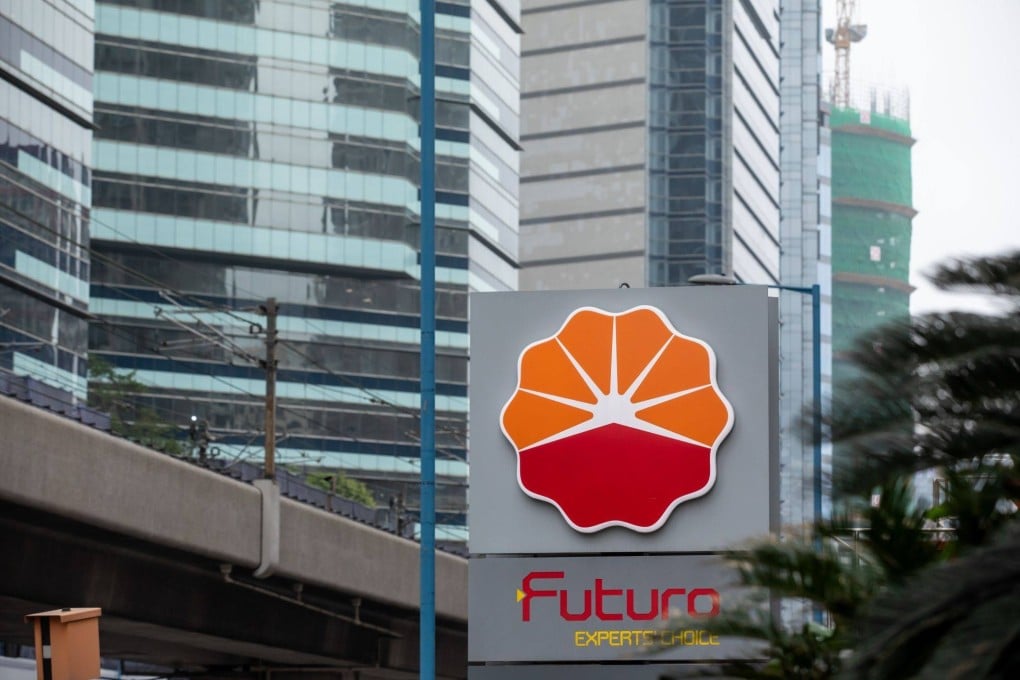PetroChina reports progress on green-energy development amid multi-decade overhaul of product mix to meet climate goals
- China’s largest oil and gas producer says it is on track for non-fossil energy to account for 7 per cent of its total capacity in 2025
- Greenhouse-gas emissions from PetroChina’s own operations rose slightly in 2022 but have declined almost 8 per cent compared with 2019

PetroChina has made great strides in developing low carbon, non-fossil energy and will raise its production capacity several more times by 2035 to meet its energy-transition goals, according to top managers.
China’s largest oil and gas producer installed 1,200 megawatts (MW) of wind and solar farms last year, lifting its cumulative installed capacity to 1,400MW, president Huang Yongzhang said on Thursday. It also has 10,200MW of government-approved projects in its pipeline.
The company completed geothermal energy projects covering 10.6 million square metres last year, raising the cumulative total to 25 million square metres, he added.
The fossil-fuel titan is on track for non-fossil energy to account for 7 per cent of its total energy production capacity in 2025, chairman Dai Houliang said, while reiterating its ambition to raise the proportion to one-third a decade after that.

“Last year, we amended our company’s articles of association so that new energy and new materials have become part of our core business, alongside oil and gas,” he told reporters and analysts.